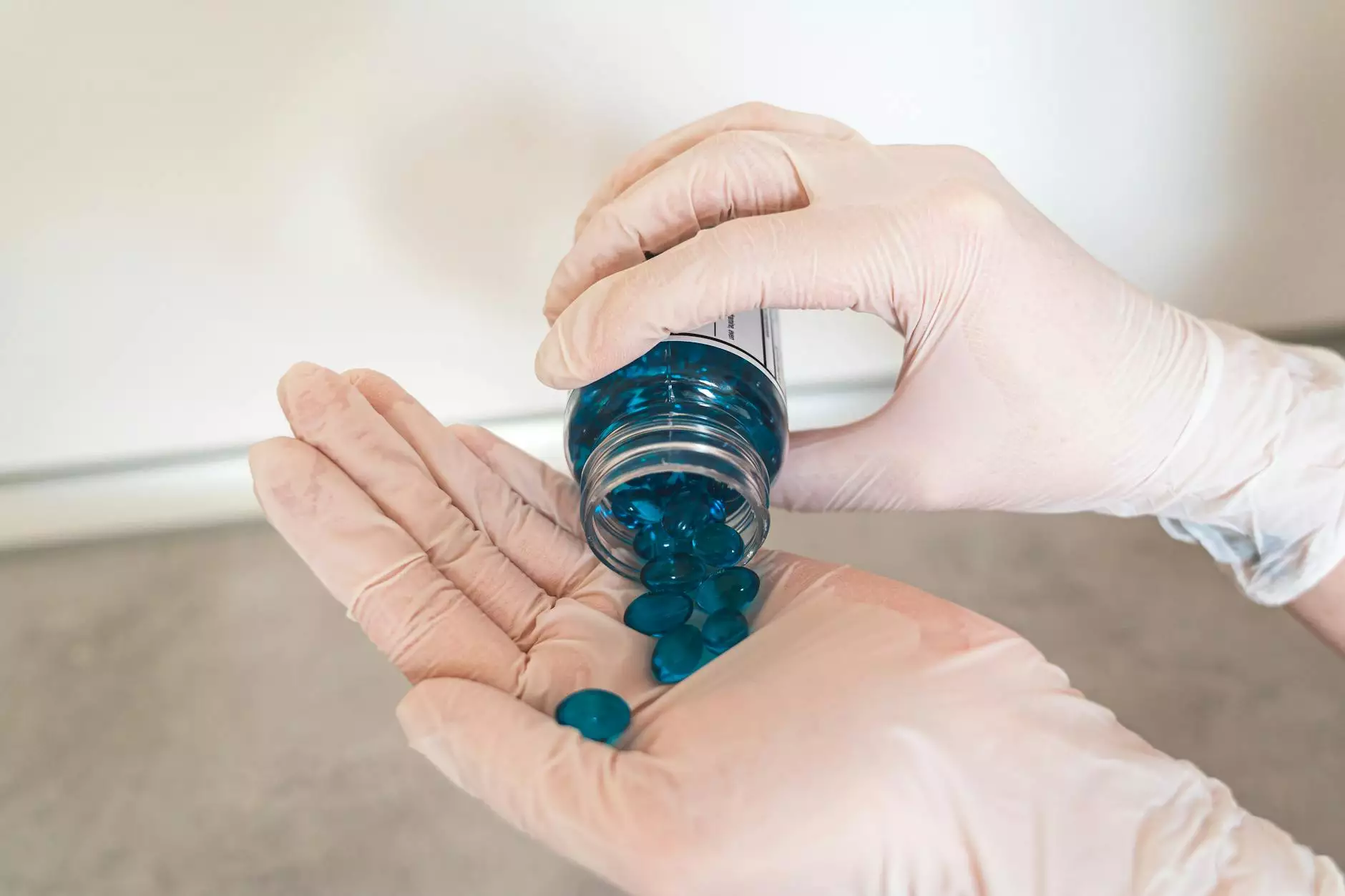The Ultimate Guide to Natural Stone Pool Coping

When it comes to enhancing the aesthetic appeal and functionality of your swimming pool, the choice of coping is critical. Among various options, natural stone pool coping stands out due to its elegance, durability, and timeless appeal. In this comprehensive guide, we will delve into everything you need to know about natural stone pool coping, from its benefits to installation and maintenance, ensuring that your outdoor space reflects both style and sophistication.
What is Pool Coping?
Pool coping refers to the material that edges your swimming pool. It serves multiple purposes:
- It provides a finished look to your pool.
- It contributes to the pool’s safety by providing a non-slip surface.
- It helps retain the pool's water and aids in drainage.
The choice of coping materials can significantly impact the overall design of your pool area, and this is where natural stone comes into play.
Why Choose Natural Stone for Pool Coping?
There are several compelling reasons to consider natural stone pool coping for your swimming pool renovation:
- Aesthetic Appeal: Natural stone offers a beautiful and natural look that can complement any landscape design.
- Durability: Natural stone is incredibly durable and can withstand harsh weather conditions, making it ideal for poolside environments.
- Variety: Available in various types, colors, and finishes, natural stone allows for complete customization to suit your style.
- Low Maintenance: Stone coping is easy to clean and does not require frequent treatments, saving time and money in the long run.
Types of Natural Stone Used for Pool Coping
When selecting natural stone pool coping, it’s essential to understand the different types available. Here are some of the most popular options:
1. Bluestone
Bluestone is renowned for its rich blue and gray hues. It provides a sophisticated look and can be finished in various ways, including honed, flamed, or natural cleft finishes.
2. Limestone
With its natural earthy tones, limestone is a popular choice for those looking for a more rustic or Mediterranean aesthetic. It's also slip-resistant, making it a practical option for around the pool.
3. Travertine
Travertine is another highly sought-after option, known for its unique texture and range of colors. It stays cool underfoot, even on hot days, and its natural characteristics make it slip-resistant.
4. Granite
Granite is one of the hardest natural stones, making it extremely durable. Its polished finish offers a luxurious appearance, and it is available in various colors to match your design.
Benefits of Natural Stone Pool Coping
Opting for natural stone pool coping offers numerous benefits that can enhance your outdoor space significantly:
1. Enhance Property Value
High-quality materials such as natural stone can increase the resale value of your property. Homebuyers are often drawn to aesthetically pleasing outdoor spaces, including well-designed pools.
2. Create a Harmonious Outdoor Environment
Natural stone blends seamlessly with the landscape, making your pool area feel like an extension of nature. This connection can create a tranquil and inviting atmosphere for relaxing and entertaining.
3. Safety Features
Safety is paramount when it comes to pool construction. Natural stone has a rougher surface compared to other materials, providing better grip and minimizing the risk of slips and falls, especially when wet.
4. Eco-Friendly Choice
Unlike synthetic materials, natural stone is eco-friendly and can be sourced sustainably. They don’t emit harmful chemicals, making it a safe choice for families and the environment.
Installation of Natural Stone Pool Coping
Installing natural stone pool coping involves several critical steps that ensure a successful outcome. Here is a detailed overview of the installation process:
1. Site Preparation
Proper site preparation is essential. The area around the pool should be cleared, leveled, and adequately prepared to ensure a solid foundation for the coping stones.
2. Choosing the Right Mortar
Selecting the appropriate mortar is crucial for bonding the stone to the pool structure. Epoxy or thin-set mortars are commonly used due to their strength and water-resistant properties.
3. Laying the Stones
The laying process begins with the most critical stone placement. Install the stones around the pool perimeter, starting from one corner and working your way around.
4. Grouting
After placing the stones, allow them to set for a brief period before grouting. The grout should be applied evenly between the stones, providing a clean, finished look.
5. Sealing
Sealing your natural stone coping is highly recommended to protect it from stains and weather damage. Choose a high-quality sealant that is compatible with natural stone.
Maintenance Tips for Natural Stone Pool Coping
To ensure the longevity and appearance of your natural stone pool coping, some maintenance is necessary:
- Regular Cleaning: Sweep and rinse the coping regularly to remove debris and dirt. For deeper cleaning, use a stone-safe cleaner.
- Reapply Sealant: Depending on the product, sealants typically need to be reapplied every 1-3 years to maintain protection.
- Inspect for Damage: Regularly check for cracks or uneven stones and address any issues promptly to prevent further damage.
Conclusion
Natural stone pool coping is an exceptional choice for those looking to enhance the beauty and functionality of their swimming pool. With its variety of options, durability, and timeless appeal, natural stone not only accentuates your outdoor space but also ensures safety and ease of maintenance. Whether you are in the process of pool renovation or building a new pool, selecting the right coping is crucial. By choosing natural stone, you’re making an investment in quality and style that will last for years to come.
For expert installation and advice on natural stone pool coping, contact poolrenovation.com, where professionals can guide you through your pool renovation journey and help you create the outdoor oasis of your dreams.









